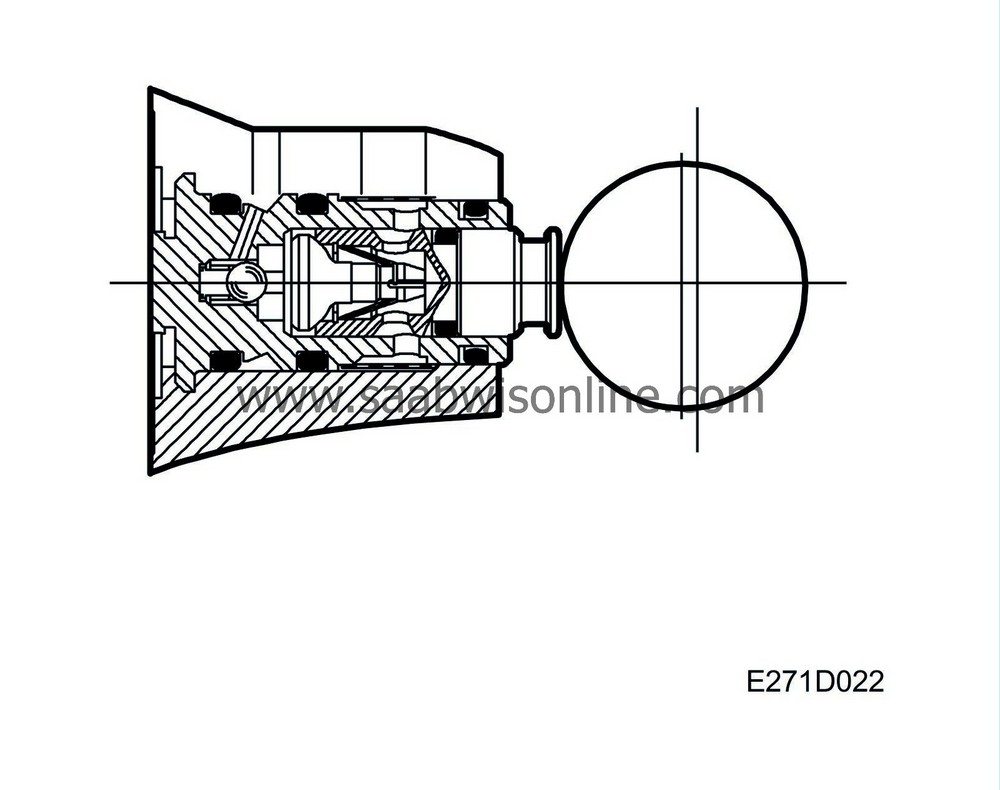Return pump
| Return pump |
The pump unit is activated when one of the outlet valves is opened (ABS modulation). It returns the excess brake fluid to the master cylinder. The pressure of the returning brake fluid is determined by the brake pressure in the master cylinder, which is proportional to the pedal force.
The pump unit is also activated for TCS and ESP modulation. This allows the control of the brake pressure to one or several wheels. Pressure is built up by closing the pressure relief valve and opening the pressure increase valve to supply the return pump with brake fluid. The control module closes the pressure increase valve when the pressure reaches a certain level. The pressure is then modulated by the control module: it opens the pressure increase valve for an increase in pressure; keeps the pressure increase valve and pressure relief valve closed for pressure holding; and opens the pressure relief valve for a drop in pressure. The excess brake fluid that arises when the pressure relief valve is opened is returned to the master cylinder.
The pump unit has a capacity of about 250 bar, which is sufficient for all braking situations.
The control module checks the function of the return pump each time the ignition is turned ON and vehicle speed exceeds 6 km/h (3.7 mph). The pump is activated for 200 ms. If the brake light switch is activated, this test is performed at 15 km/h (9.3 mph).
The hydraulic pump and electric motor can only be changed along with the valve block, as an integrated unit.



